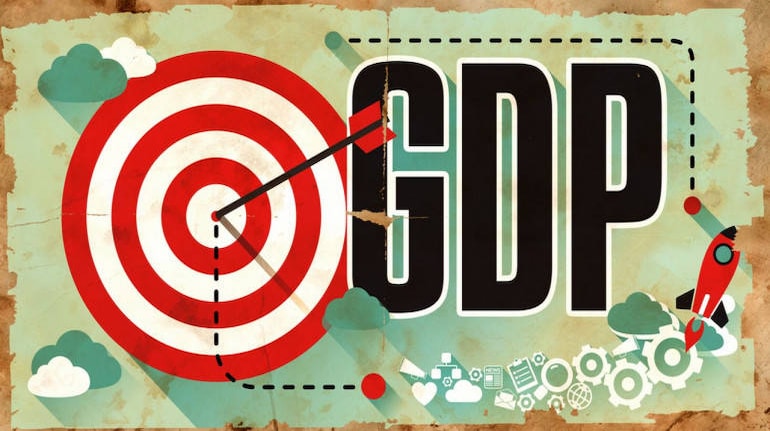RBI projects 7% GDP growth for FY23: The Reserve Bank of India (RBI) has projected 7% real GDP growth for the Financial year 2023 (FY23). Inflation in India is predicted to remain 6.7%. As a result, RBI raised its policy rate by 50 basis points (bps) in response to growing concerns about increasing inflation, global headwinds, and a drop in the value of the rupee to historic lows.
Buy Prime Test Series for all Banking, SSC, Insurance & other exams
RBI projects 7% GDP growth for FY23: Key Points
- The Monetary Policy Committee (MPC) opted to lower its real GDP prediction for FY23 to 7.0% at its meeting in September; growth is projected for Q2FY23 to be 6.3%, Q3 to be 4.6%, and Q4 to be 4.6%, with risks largely balanced. 7.2% growth has been corrected for Q1FY24.
- The government has given the central bank the responsibility of ensuring that the consumer price index (CPI) stays at 4% with a margin of 2% on either side, but since January, retail inflation has stubbornly remained over the RBI’s comfort level.
- As per the most recent data, inflation in August was 7%.
- The Indian rupee is rapidly losing value relative to the US dollar, which is presently trading at around 82. While inflation is still high.
- The US Fed recently increased its interest rate three times by 75 basis points each, hastening the depreciation of the rupee.
- Other significant central banks have also accelerated rate increases.
- From a peak of $642 billion a year ago, forex have decreased by by $100 billion, to $545 billion, and are predicted to decline even further.
Also Read: What is Repo Rate and Reverse Repo Rate in India?
Monetary Policy Committee (MPC) trying to reduce Inflationary Pressures
- The MPC’s decision to raise the policy rate is an effort to reduce the high inflationary pressures that the public is experiencing as a result of rising food (especially cereal) prices due to supply disruptions brought on by Russia’s invasion of Ukraine, which has caused a trade imbalance.
- In addition, uneven rainfall distribution may have an additional impact on the prices of staple food items.
- The falling rupee, which recently hit an all-time low and increased imported inflation, also contributed to this rise.
- Last Friday, the US Federal Reserve raised interest rates by 75 basis points for the third time in a row.
- In addition, despite the economy entering a recession, the Bank of England increased its benchmark interest rate from 1.75% to 2.25% and stated that it will continue to “act strongly, as necessary” to inflation.
To see, Other Previous Predictions by Various Agencies, read:
- India’s 2022 GDP growth prediction reduced by Goldman Sachs from 7.6% to 7%
- India’s GDP projection lowered by Moody’s to 7.7 percent
-
SBI Report: India’s GDP growth in Q1 of FY23 anticipated to be 15.7%
RBI Governor on Performance of Indian Currency
- The Indian Currency, Rupee has performed better than many other currencies this year, depreciating about 7.4% this year as of September 28.
- According to Das, the RBI does not set the exchange rate for the rupee and intervenes in the market to reduce excessive volatility while maintaining a robust “umbrella” of FX reserves.




 World’s 10 Richest Families in 2025: Top...
World’s 10 Richest Families in 2025: Top...
 2nd WHO Global Summit on Traditional Med...
2nd WHO Global Summit on Traditional Med...
 J&K Set for International Indian Sty...
J&K Set for International Indian Sty...







